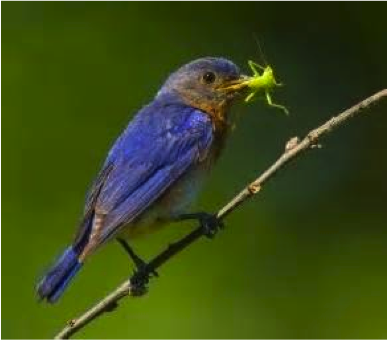How to Not Get Eaten If You Are an Insect
Just like other living organisms, the ultimate goal of an individual insect is to survive long enough to reproduce. That means avoiding becoming a meal for another animal or avoiding having to fight to not become a meal and perhaps get hurt. Thus, predators of insects have exerted strong selective pressures on insects to evolve mechanisms to reduce their chances of being eaten.
There are many different strategies that insects have evolved to avoid being eaten. These can be divided into two groups based on the steps of the predation process, which gives us a convenient way of exploring them. The predator must first encounter (to meet as an adversary or enemy, to come upon face-to-face) its insect prey and then it must attack, capture and consume the prey.
Primary defenses reduce the chance that an insect will be encountered by a predator and secondary defenses reduce the chance of attack and capture after the predator has encountered the potential insect prey. Not all insects use all strategies, although some insects use multiple defense strategies. In this section, we are going to look at some primary and secondary strategies that insects use to keep from being eaten.
